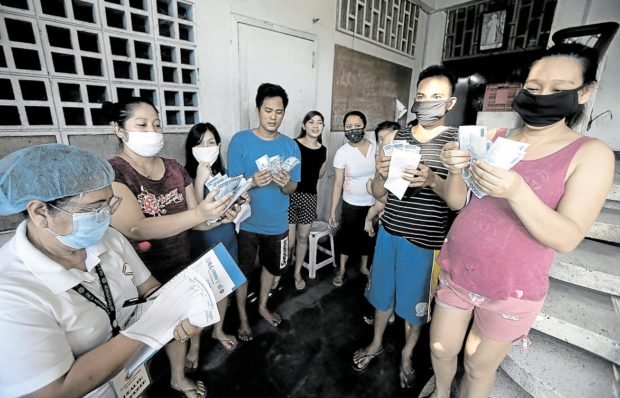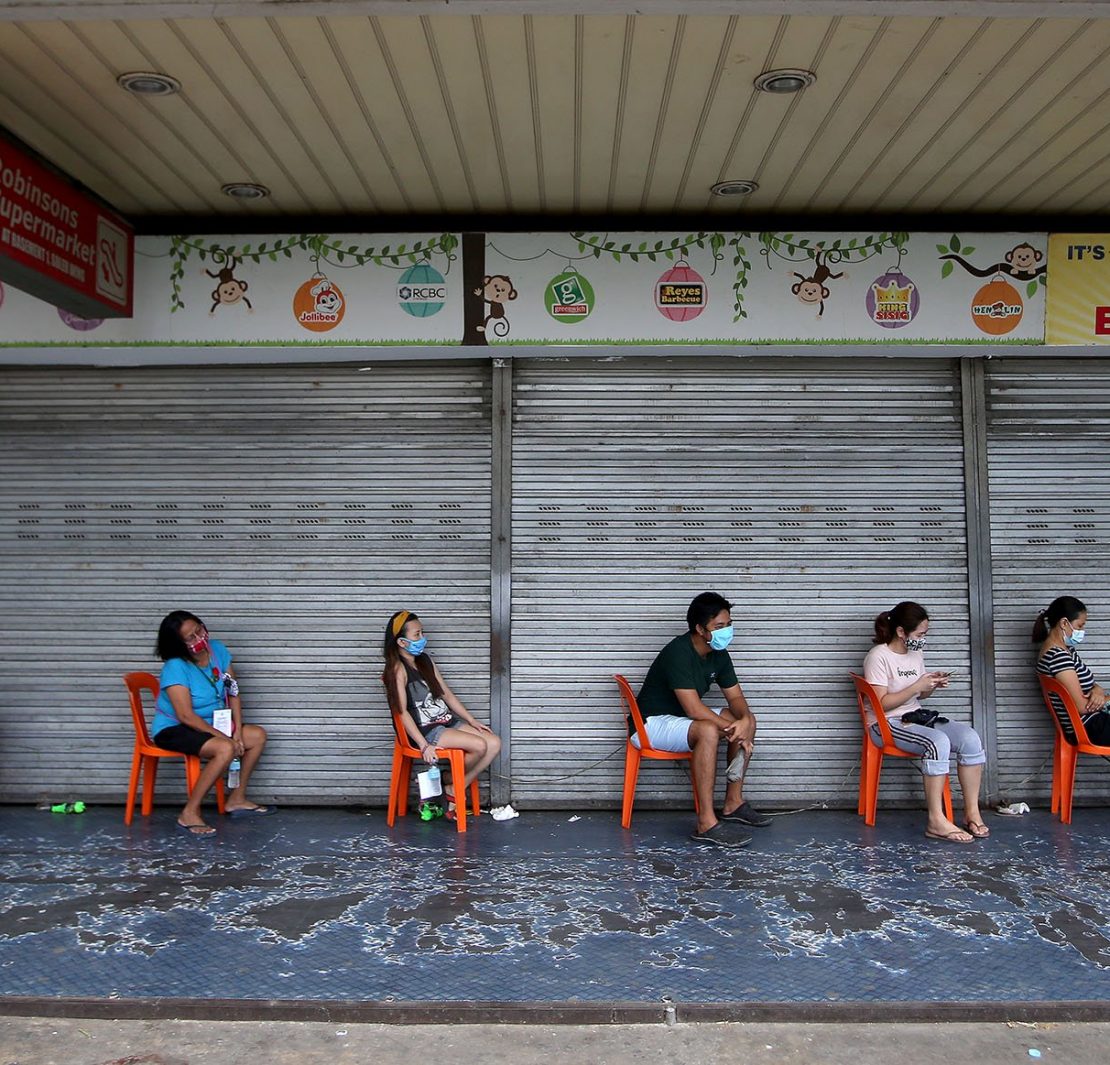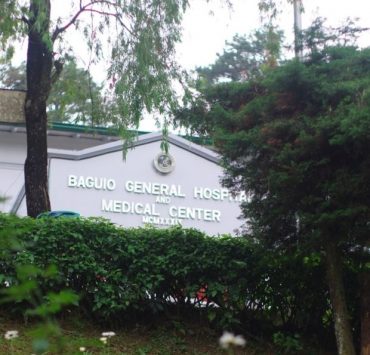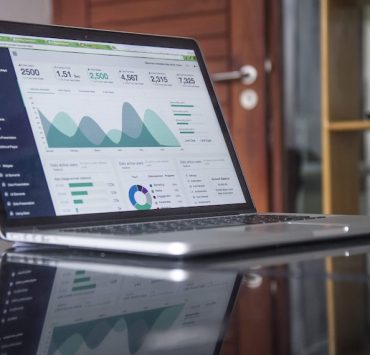On Apr. 5, Cavite Governor Jonvic Remulla appealed to the President to include “not just the poorest of the poor, but also those who have built much but not enough” in the government’s emergency aid plan.
“They may not get as much as the poorest of the poor but please consider their welfare. They are often overlooked. They pay the most taxes. They keep our economy alive. They are mostly law-abiding citizens. They need a break,” Remulla said.
Acknowledging Remulla’s request on a late-night virtual press conference, President Duterte has ordered the government’s economic managers to study proposals that will aid the middle class.
https://www.facebook.com/JonvicRemullaJr/photos/a.591836377593352/2663500327093603/?type=3
The Inter-Agency Task Force (IATF) for the Management of Emerging Infectious Diseases spokesperson and Cabinet Secretary Karlo Nograles said the government will look into programs other than social amelioration for the middle class since only the poorest of the poor qualify for financial assistance ranging from P5,000 to P8,000.
President Duterte said during his address last night after validating Remulla’s plea that the government’s P270-billion budget for COVID-19 could not be enough.
[READ: Duterte approves extension of community lockdown, says P270B budget not enough]“So there has to be another program with another fund source. And another set of guidelines. It doesn’t have to be a social amelioration package also. There are other ways wherein we can help the middle class and not in the social amelioration,” Nograles said.
Who are the middle class?
According to a 2018 study done by the state-run think tank Philippine Institute for Development Studies (PIDS), the middle class comprise less than half of the population. They are, however, a crucial demographic as they “hold critical roles in higher value-added sectors, particularly in services with better educational attainment and savings.”
The PIDS said there is no universal definition of middle class—only identifiable clusters based on the poverty line.
Like the children's game Trip to Jerusalem, shoppers observe social distancing while queuing in the grocery section of a major mall in Davao City to restock on food supply before the enhanced community quarantine on Saturday evening. | @kmanlupigINQ pic.twitter.com/rSXuzXjv7s
— Inquirer (@inquirerdotnet) April 4, 2020
“[T]hose belonging to the middle-income class are families (or persons belonging to families) that have incomes between two and 12 times the poverty line [roughly P9,000 income per month]. In 2017, a family of five would thus be middle income if its monthly income ranged roughly between PHP 20,000 and PHP 115,000,” the study reported.
The think tank’s findings also conclude that “families among the low income but not poor, together with those in the lower middle income cluster, are far more vulnerable to income poverty than others in higher-income clusters and will thus require support for improving resilience to risks.”
Their recommendation is for the government to “reexamine its social protection policies and recognize that while the poor is most vulnerable to future poverty, even the middle class is vulnerable.”
https://www.facebook.com/photo.php?fbid=10219860109726954&set=a.10212269479245936&type=3&theater
P1,000 emergency aid for all Filipinos
Albay 2nd District Representative and Chair of the House Committee on Ways and Means Joey Salcedo proposed a solution for middle-income earners amid the COVID-19 crisis that will be more inclusive to all Filipinos except those in the top 10 percent.
“I asked the President to consider a basic income approach to distributing the emergency subsidy. Essentially, you distribute P1,000 to P2,000 per head. Bale ang eligibility lang po, basta Pilipino ka at hindi ka mayaman, makakatanggap ka ng tulong,” Salceda said in a statement.

Salceda reiterated that this is part of the Universal Basic Income approach that he recommended to IATF in March.
“Essentially, ang advantage ng basic income, ang approach is human-centered. Kapag maraming maghahati-hati sa isang household, maliit ang P5,000 [pertaining to social amelioration minimum aid]. Kaya maganda ang basic income per person approach. Because food intake is per person,” Salceda said.
According to Rep. Salceda, adopting this approach will make it easier to determine beneficiaries compared to the existing programs that require “data mining of identifying beneficiaries from existing but disjointed lists.”
One of the challenges that hampers the implementation of the social amelioration program is the discrepancy between LGUs’ and the Department of Social Welfare and Development’s database, which Sen. Panfilo Lacson already pointed out prior to the roll-out of cash aid.
“They should reconcile the wide gap between the Department of Finance/Department of Social Welfare and Development list based merely on projection and the data generated by the LGUs’ community-based surveys, which is more accurate and updated,” Lacson said.
Header photo courtesy of Richard A. Reyes/Inquirer.net
Get more stories like this by subscribing to our weekly newsletter here.
Read more:
Duterte approves extension of community lockdown, says P270B budget not enough
P200B allotted to aid frontliners, low-income earners, according to Pres. Duterte
IP rituals can only do so much against COVID-19. Gov’t will have to step in
Writer: CHRISTIAN SAN JOSE




